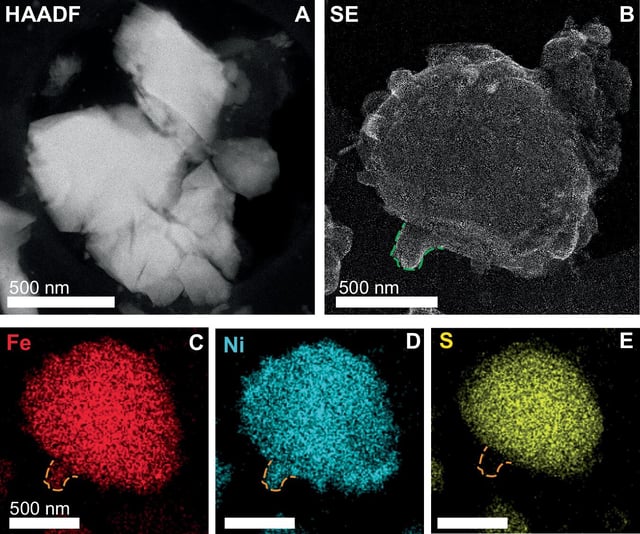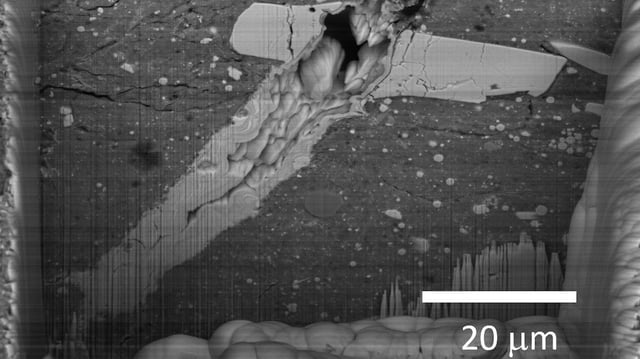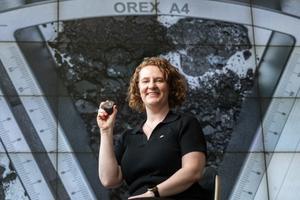Overview
- A trio of new peer-reviewed papers, including a Nature Communications study involving Michelle Thompson, links spectral slope to how long surface grains have been exposed in space.
- Ryugu sample grains show exposure of a few thousand years, while Bennu’s surface grains register tens of thousands of years, matching their red versus blue spectral signatures.
- Laboratory work confirms salts, including phosphates, alongside organic compounds and evidence of ancient brines relevant to prebiotic chemistry.
- Ground-truthing between returned samples and telescopic data improves confidence in interpreting distant asteroid surfaces and in selecting future science or resource targets.
- Researchers describe Bennu as a heterogeneous mix whose components were reshaped by water-driven alteration and ongoing space weathering.


